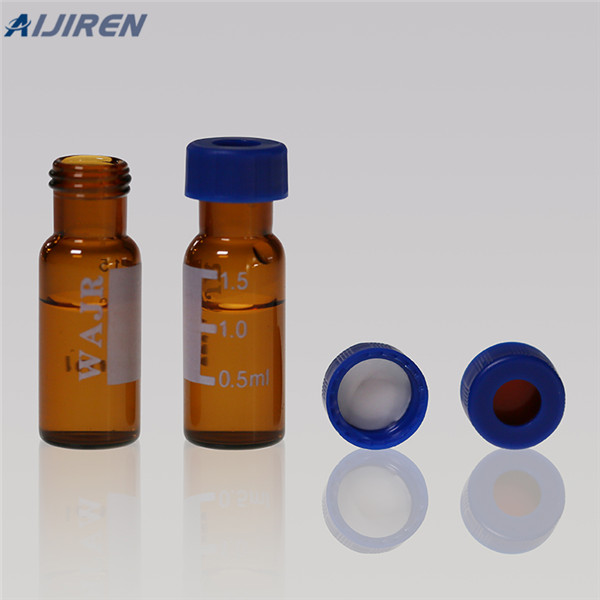
After coating the flare sampling pathway, the sulfur response and recovery improved by orders of magnitude, assuring compliance for the refinery. The graph below4 compares response time of coated and uncoated surfaces. The SilcoNert-coated surface offers vast response, avoiding delays of 10 minutes or more in emission monitoring systems.

Jan 31, 2022 · Using an appropriate pre-treatment, such as surface modification or coating of the inner vial surface after the vial forming process the glass container quality is often improved and interactions
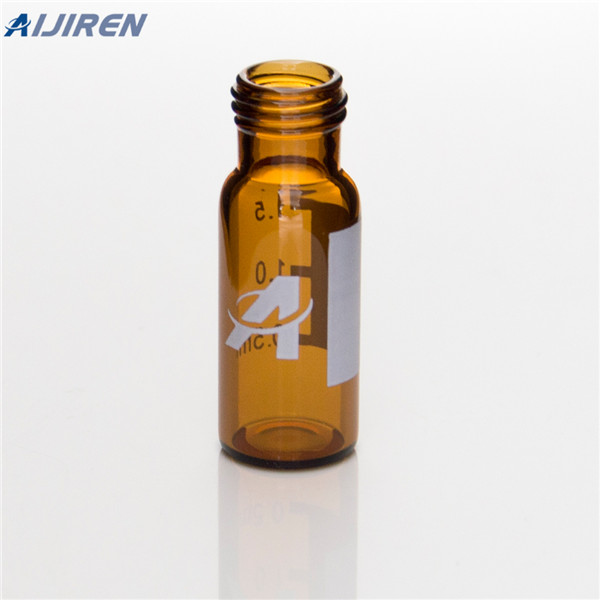
This adsorption can be reduced by adjusting the sample solvent, but by reducing adsorption at the vial surface, LabTotal Vial precludes the need to consider adjustments within the sample solvent. Table 1 shows a comparison between LabTotal Vial and commercially available glass vials for four different basic compounds.

9. Surface Engineering. Exposed to continuous wear and tear, corrosion, UV rays, and other harmful factors, industrial surfaces require coatings that demonstrate improved durability. This is essential for protecting automotive, industrial, agricultural, marine, and manufacturing assets, as well as for increasing productivity.

EVERIC® strong & smooth vials combine optimized geometrical strength with a surface protection by a low-friction outer coating, (applied via a dip-coating process) for improved line performance. Find out more EVERIC® care

QuanRecovery Vials and Plates offer improved sample recovery, reduced sample loss, and increased sample stability. They are also designed to be compatible with a wide range of sample preparation techniques.
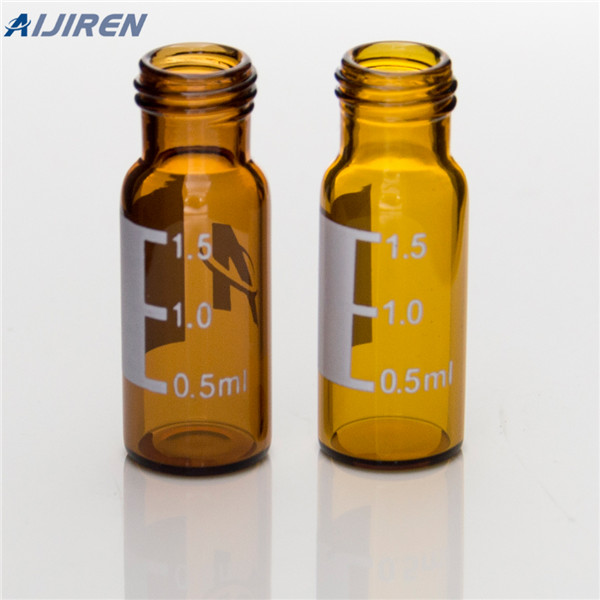
Mar 31, 2015 · To realize our idea of a protein resistant sensor and sample vial surface, two coatings starting from dendritic polyglycerol dPG were synthesized. Synthesis and characterization of dPG has been published elsewhere [16], [17] In short, dPG was synthesized via a one-step anionic ring-opening polymerization employing trimethylol propane as starter.
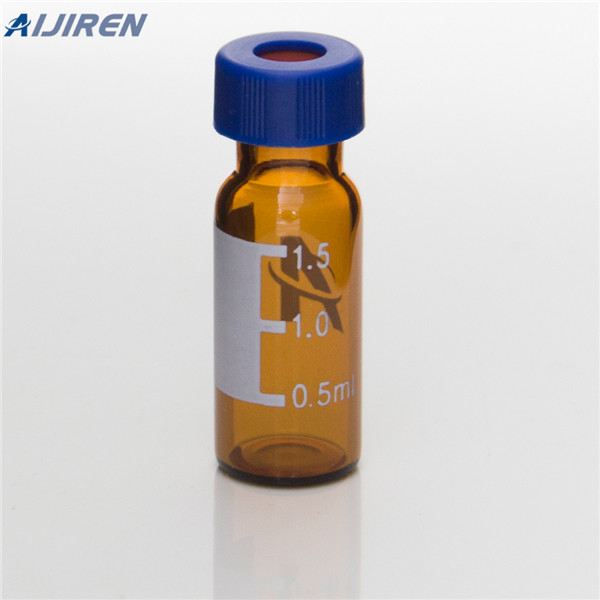
This application brief demonstrates how QuanRecovery sample vials with MaxPeak High Performance Surfaces (HPS) Technology can be used to increase recovery and stability of challenging analytes in the analysis of released glycans using HILIC-FLR/MS.

A variety of coatings have been explored to improve the chemical resistance of glass vials used for pharmaceutical applications. Ammonium sulfate is sometimes sprayed into vials prior to the annealing step to reduce the alkalinity of the glass surface.
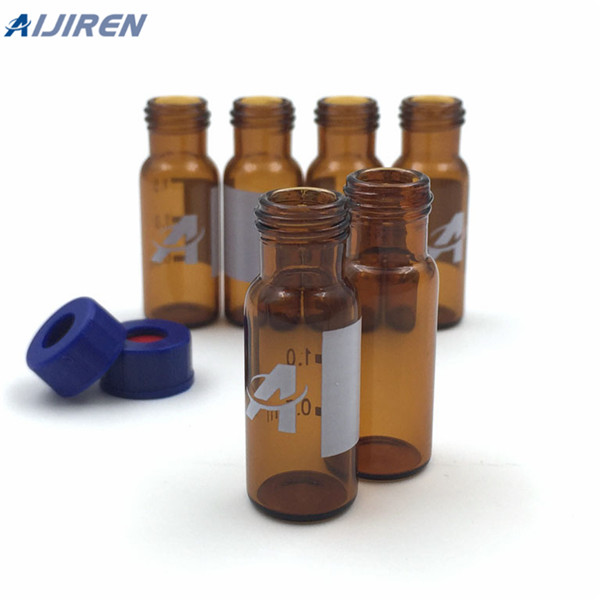
Signs a sample cylinder may have a surface film problem. • Loss of analyte, adsorption. Test results or calibration test is showing lower than expected test results. • Film on interior of sample cylinder valve. • Extremely dull appearance on interior surface of sample cylinder. Note that interior surfaces are rough, so the surface

Additionally, the fluorocarbon chains in the fabric coating could easily migrate to the outer surface of the coating, and the wettability of the coating could be restored using moderate heat. Because the coating exhibited long-lasting, self-cleaning, and oil/water separation abilities, it has potential applications in energy-saving technologies
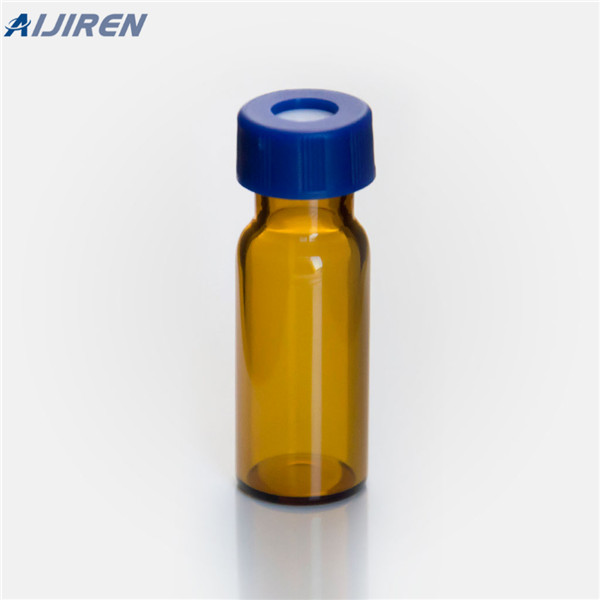
pharmaceutical filling system, Velocity Vials could significantly improve productivity and quality, thus lowering manufacturing cost for pharmaceutical companies and CMOs/CDMOs. 0.8 <0.5 Vial Surface Coefficient of Friction (COF) Conventional Velocity® Vials Designed to improve filling line performance Corning’s low COF coating

After coating the flare sampling pathway, the sulfur response and recovery improved by orders of magnitude, assuring compliance for the refinery. The graph below4 compares response time of coated and uncoated surfaces. The SilcoNert-coated surface offers vast response, avoiding delays of 10 minutes or more in emission monitoring systems.
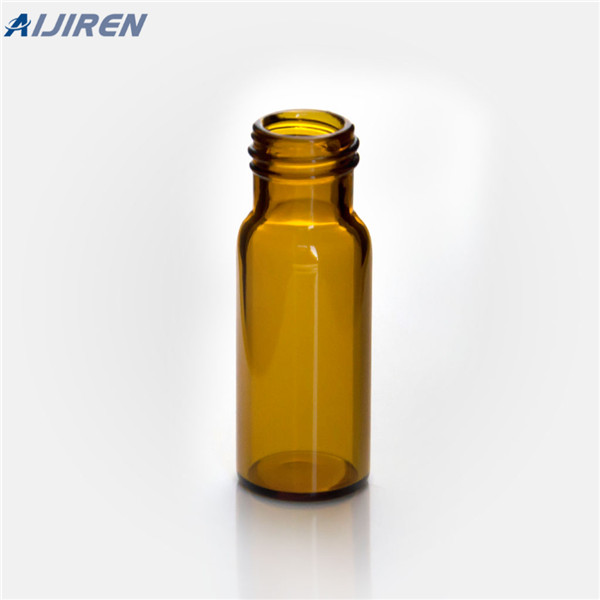
Ramachandra S.R. Kalidindi, Raghavan Subasri, in Anti-Abrasive Nanocoatings, 2015 5.3.1.2 Scratch testing. Scratch testing is a simple and rapid method of characterizing coatings, but results obtained are influenced by various factors such as coating thickness, substrate mechanical properties, interfacial bond strength, and test conditions such as scratch speed, load, and indenter tip radius.

Jan 15, 2018 · The cycling performance of lithium–sulfur batteries can be significantly improved by coating carbon, nitride or a polymer on the sulfur surface. 19 – 21. Moreover, surface coating of electrode materials can also improve their ion/electron conductivity, which is essential for their rate performance. It has also been noticed that most LIB